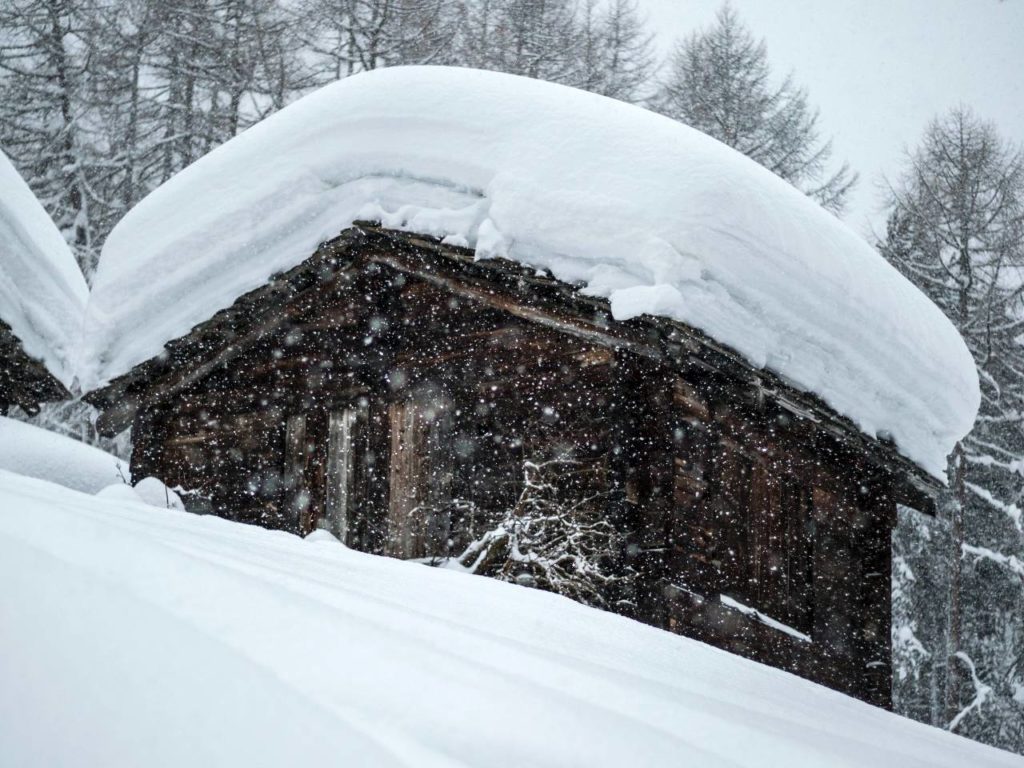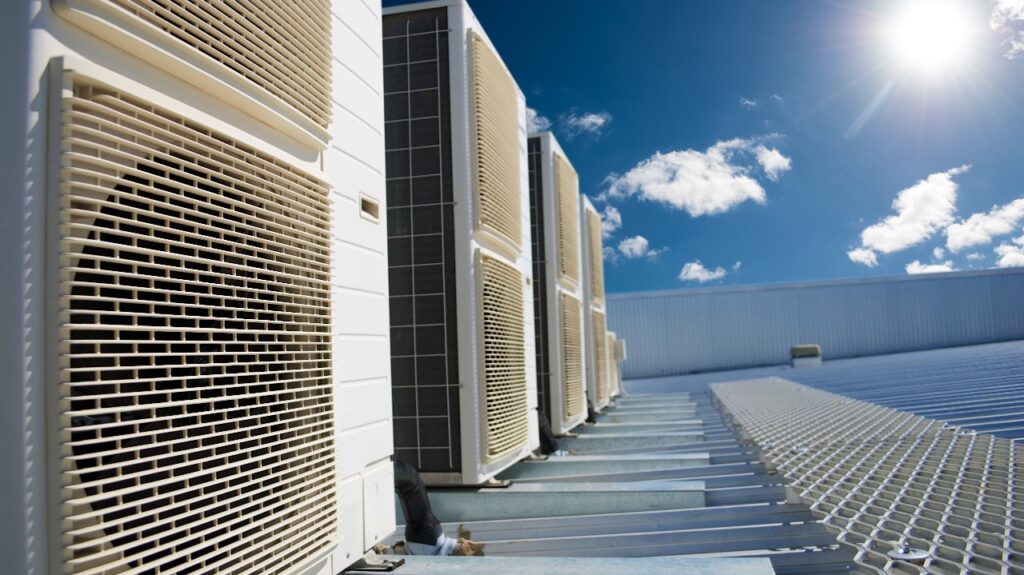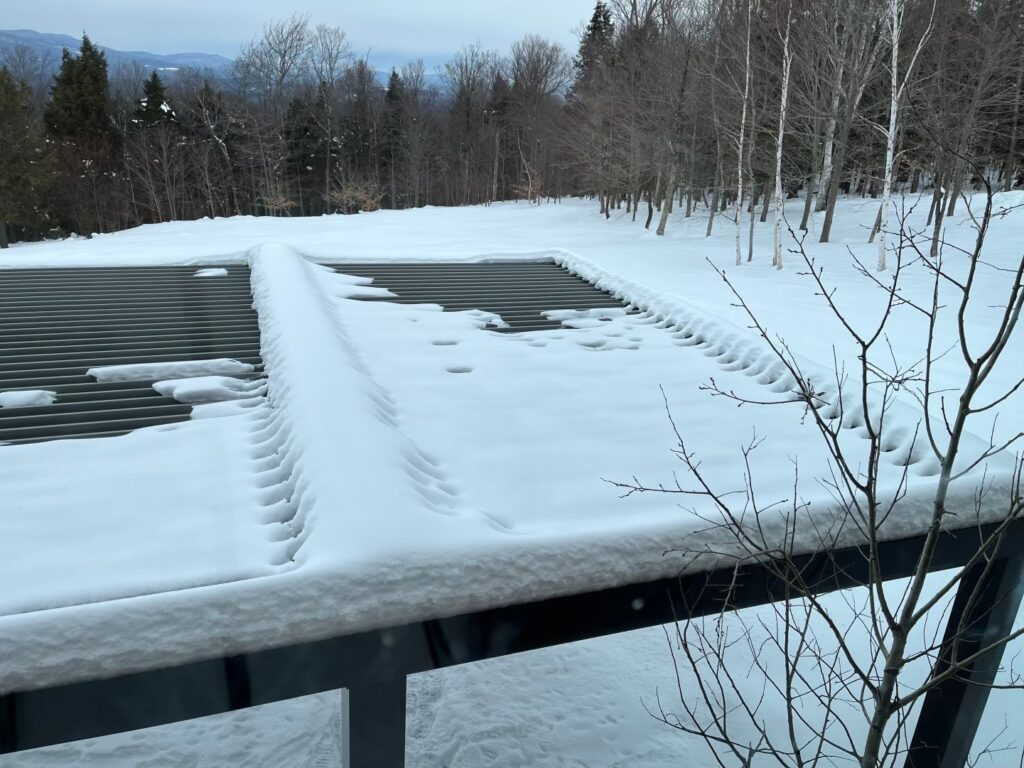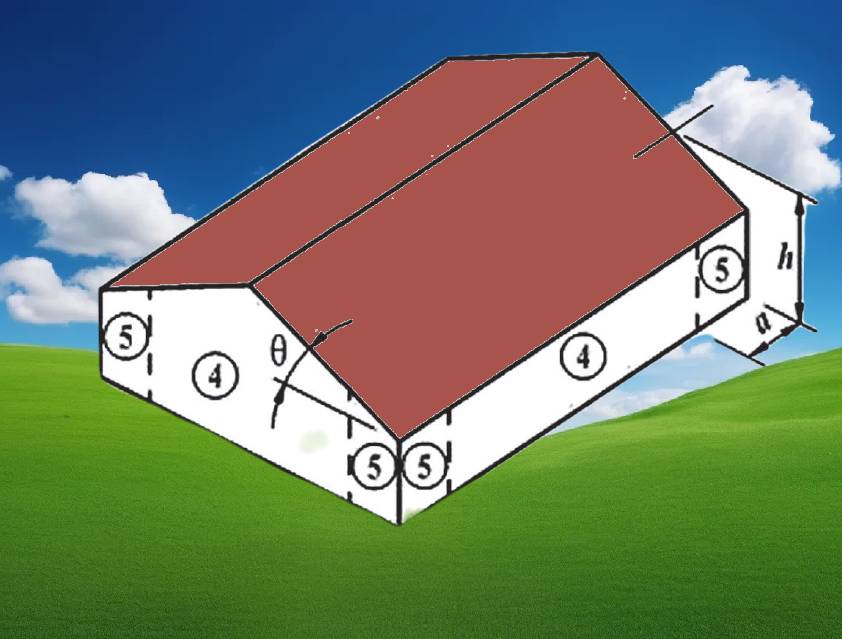What’s the difference between ground and roof snow load for patio covers?
When designing outdoor structures like patio covers, one of the most critical factors to consider is the ability to support snow loads. In regions that experience significant snowfall, the weight of snow can exert considerable pressure on a structure, making it essential to understand how snow accumulates and affects different parts of a building. Two …
What’s the difference between ground and roof snow load for patio covers? Read More »



